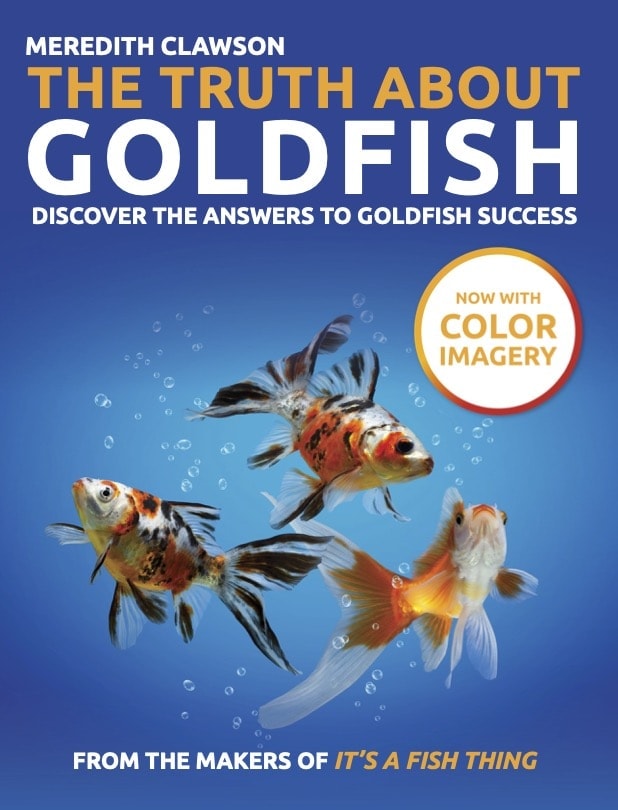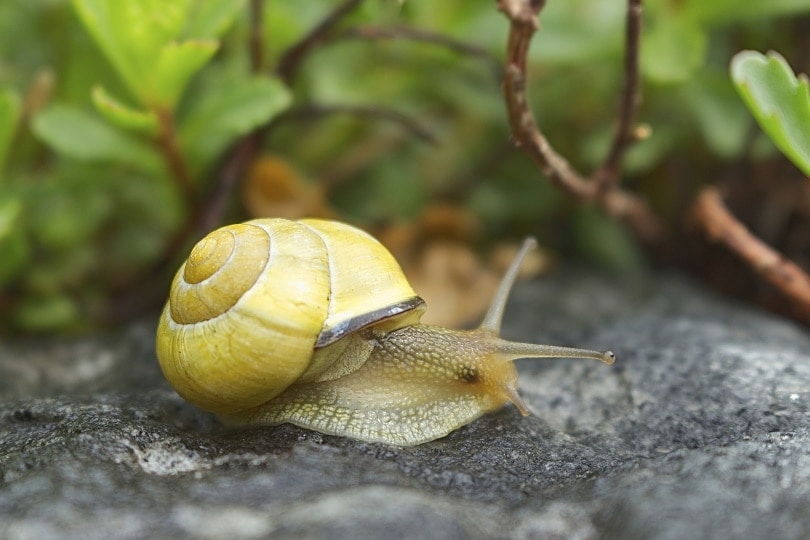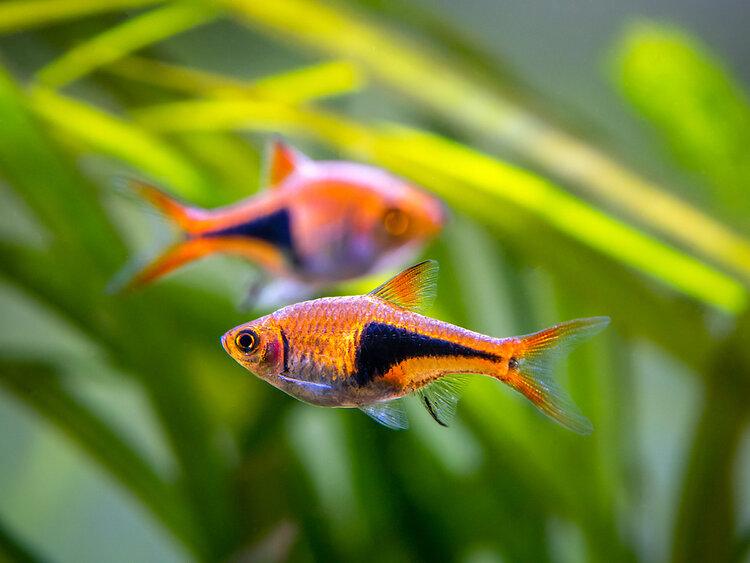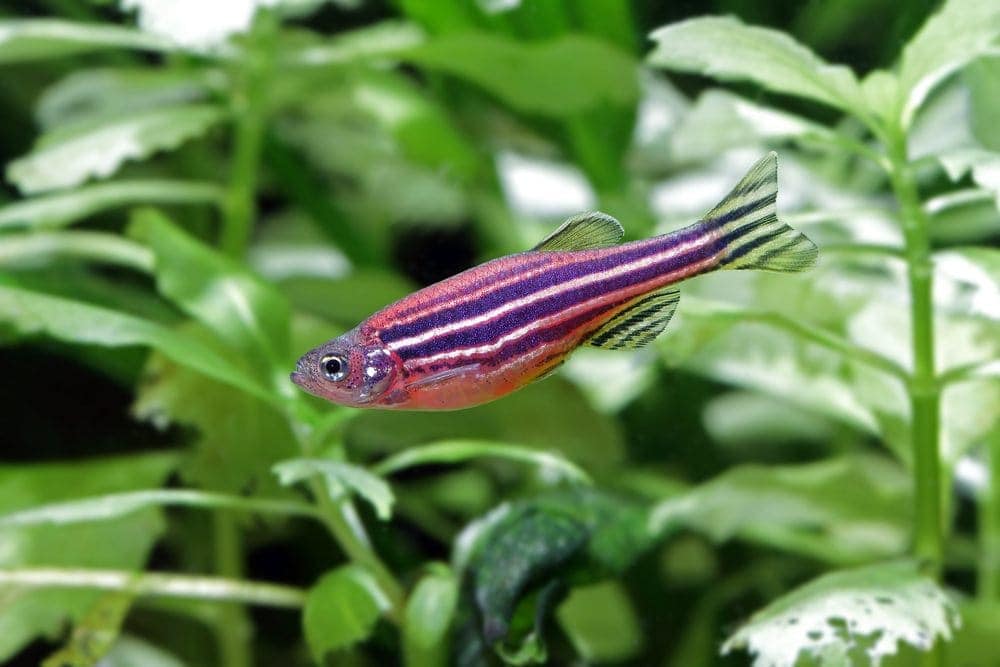How to Treat Camallanus Worms in Fish (3 Easy Steps)

Updated on
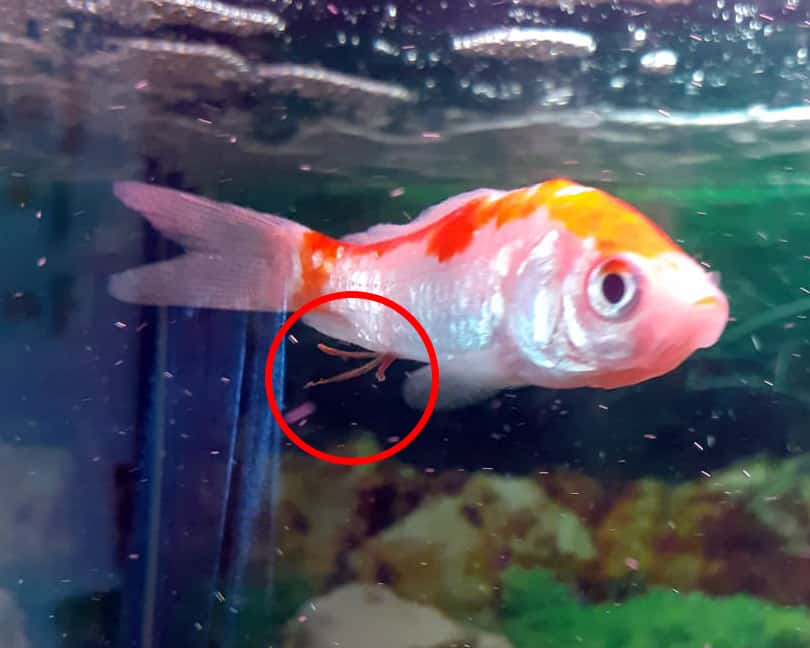
Camallanus worms. Even the name gives me the willies!
Contagious, dangerous, and downright disgusting. They can be very difficult to get rid of, and the losses can be high if not treated early enough. So, what exactly are they? A parasitic nematode that lives in your fish’s intestinal tract, and can be seen as one or more red worms protruding from the fish’s vent. Yeah. It’s pretty nasty.
Symptoms
A goldfish infected with Camallanus worms (photo courtesy of a Pure Goldfish FB group member):
Notice how the fish is exhibiting a very skinny appearance and clamped fins? It’s really sick. The worms are hogging up the nutrients that should be going to the fish.
- Thick, long white poop (mucus from irritation in the intestinal lining)
- Swollen/irritated vent area
- Weight loss
- Poor color
- Minor abdominal swelling
- Loss of appetite
By the time you see the actual red worms hanging from the fish, you have a serious, advanced infection on your hands.
This fish in the video displays the thick white poop associated with intestinal irritation from the worms:
Get this: The adults can also multiply to the point where the fish can’t pass them, thus resulting in death.
Not only that, but the presence of these worms damaging the insides of the fish can lead to secondary bacterial infection and internal hemorrhaging. That’s why it’s so important to treat your fish – and treat them early. And a preventative treatment for new fish is a very good idea especially for species that seem especially prone to this infection, including:
- Guppy
- Bettas
- Discus
- Cichlids
- Angelfish
Fortunately the disease is not as common in goldfish, but they can still get it if housed in infested waters.
If you think your goldfish may have a parasite but you aren’t sure which one, you should check out our best-selling book The Truth About Goldfish, on Amazon. It provides visuals of each possible ailment so you can diagnose accurately and start treating your pet ASAP so you can save your fish and keep them healthy.
How to Treat Camallanus Worms? (3 Steps)
You need to treat your entire system once you have a confirmed infestation. Why? Because this parasite contaminates everything in a matter of days by producing dozens of microfilaria (basically young worms) that infect the tank water and surfaces. Once you see one fish that has it, you need to assume all the fish do too. That means there’s no point in setting up a hospital tank.
1. Choose the Best Medication
The best options include:
- Medications containing Fenbendazole
- Medications that contain Flubendazole
- Treatments that contain Levamisol
So, which is best? Out of the treatments available, the cheapest option by far is Panacur C canine dewormer. It is 22% Fenbendazole. I’ll explain how to use it in the recipe below.
- Wormer Plus is effective, availabile and easy to use. But I see it as really just overpriced Flubendazole marketed to fishkeepers, and it’s sold as being a water treatment rather than in a premixed food or something.
- Levamisol is also good, but it can be hard to find, especially in the US. For what it’s worth, there is some talk that the parasites are becoming increasingly resistant to Levamisol.
- Anthelmintics such as Flubendazole and Fenbendazole both work very well at removing worms from pets.{1}
Now, some may suggest the popular treatment, API General Cure. The effective ingredient in API General cure against this parasite would be the Praziquantel. But the issue with using Prazi as your weapon is Camallanus worms by and large have become incredibly resistant, so it’s much less likely to work and as a result there are many folks online reporting the worms survive it just fine.
Some people like to pair Epsom Salt/Garlic as a treatment, and it can help, but is better as a preventative before you have fish with worms (in my opinion). That’s because these worms are really hard to get rid of, and by the time you actually see them it’s very serious. Yikes!
While I generally try to avoid medications in my fishkeeping where possible, sometimes they are necessary and very helpful – even lifesaving – for your pets. The good news is most of these medicines have a very low toxicity to the fish.
You can dose the water directly with the medicine. But I prefer to go the medicated feed route. This is because it has less of an impact on the biological flora of the tank. Adding it to the water can harm your inverts & scaleless fish.
Note:It is possible for a fish in advanced stages of the disease to die during treatment. This is because when the adult worms dies in the fish, they can decay and poison the fish. The fish that die were too far gone. But you need to keep treating to save the remaining fish.
2. Make a Medicated Feed
It is time to make the medicated food.
(Note: if the fish are at the point where they are NOT eating, water treatment is the only option for you so don’t bother with a medicated food.)
Here’s a good recipe for a Fenbendazole-based feed. It won’t taste good – this stuff tastes super yucky to them. So you’re going to need to make the food as yummy as possible with foods that are appetizing to the fish and flavor enhancers.
To make the medicated feed:
- Place 2 cubes dethawed frozen bloodworms or 2 cubes dethawed frozen beef heart in a small bowl.
- Dissolve 1/8 tsp of 22% Fenbendazole granules (grinding it real small with a spoon is a good idea) in Garlic Guard (to mask the yucky flavor) and add this mixture to the food.
- Use 1 tsp Seachem Focus which binds the medication to the food (optional but makes the food MUCH more effective) and mix it all together.
- Let sit for 1 hour prior to feeding.
Feed fish once per day for 3 days in a row, then repeat after a week for 3 weeks in a row. Don’t feed anything else during the days you feed this.
Note that after feeding, the fish may begin to pass worms following the first hour of eating the food (yuck but good).
3. Perform Daily Water Changes
Understanding the life cycle helps us know how to treat this issue. Medications typically work by paralyzing the adult parasites rather than kill them. The fish is then able to excrete them into the water.
Vacuuming the gravel and doing large frequent water changes will help to remove the eggs, which are resistant to the medicine. You want to especially remove the fish feces. It is much easier to do this in a barebottom tank, such as a hospital/quarantine tank, but if your main tank is infected, you’ll have to just do your best. Cleaning your filters is a good idea as well.
Prevention
It’s true: Like many things, prevention is so much easier than dealing with a problem. So how do you make sure your fish don’t come down with an infestation of this disease?
The only surefire way to prevent these from infesting your tank is to quarantine all new fish. Treating new fish with garlic/Epsom salt as a preventative is a good idea, to help the fish flush out small parasites before they become adults. Fish showing symptoms of worms hanging out their bottoms should be medicated.
Also, avoid feeding tubifex worms to fish, as they are vectors for many nasty parasitic diseases that afflict our fishy friends. And it’s not a bad idea to avoid low quality sources for fish.
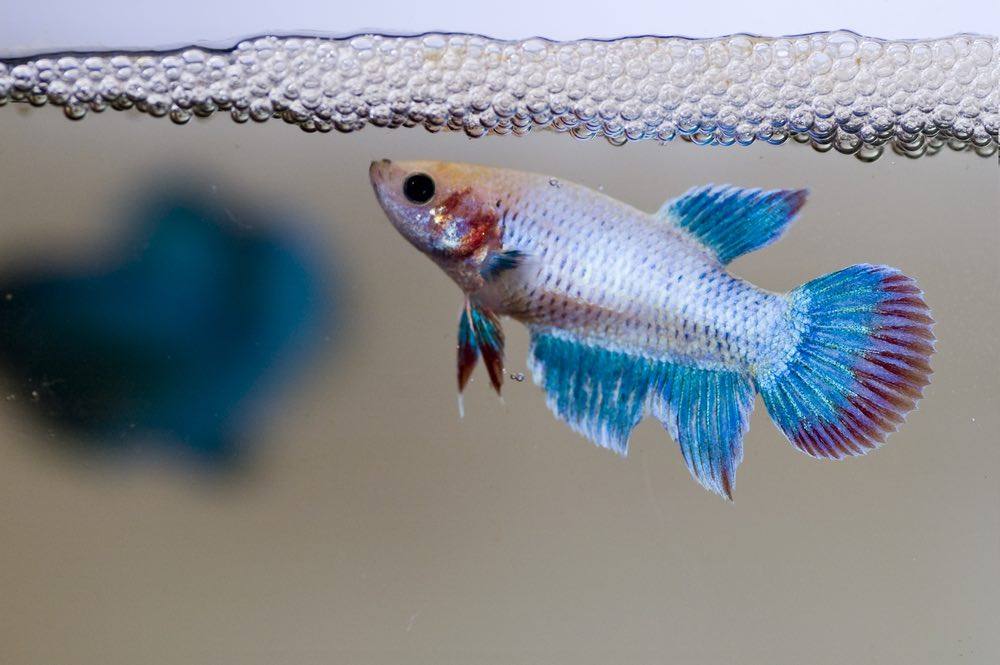
Conclusion
Yes, Callamanus worms are nasty things. But if caught in time, you can turn your fish’s health around by applying treatment at the right time.
We hope this helps point you in the right direction for going about treatment.

